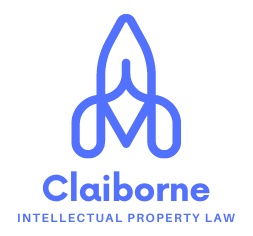Patenting an invention may require a substantial investment by an inventor or small business. Horror stories abound among inventors of exorbitant legal fees and poor results. What are the different costs involved in patenting and what are reasonable expectations? Any patent attorney you consider engaging should be able to provide answers.
Patent searches: Prior to committing time and money to preparing and filing a patent application for your invention, your patent attorney will want to conduct a patent search to determine whether your invention meets the standards of novelty and non-obviousness that are required for obtaining a patent. Some patent attorneys charge separately for patent searches, so make sure to ask.
The patent application: The heart of the patent application is the specification of the invention and the claims. The specification describes the invention in sufficient detail so as to enable a person of ordinary skill in the relevant art to make and use the invention. The claims lay out the legal metes and bounds of the inventor’s exclusive intellectual property. Both specification and claims are custom crafted legal documents, requiring the professional skill and care provided by your patent attorney. Legal fees for this work are the main expenses you incur in filing for a patent and can vary widely. It pays to shop around.
Draftsman fees for drawings: Costs incurred in preparing and filing the patent application include patent draftsman fees for preparing drawings that meet the required strict legal standards. Prior to engaging your attorney, ask for an estimate of draftsman fees.
USPTO filing fees: The USPTO charges fairly substantial fees for filing, searching and examining applications, subject to discount for individual inventors and small business entities. These fees are subject to change from time to time. Ask your attorney to tell you the current fees.
Patent prosecution: After your application is filed, it will end up before a patent examiner within 18 months or so after filing. The patent examiner will issue an “office action”, a written opinion or as to whether or not your invention is entitled to a patent. Often, claims in a patent application are initially rejected by the examiner. Your attorney will respond to office actions on your behalf, either amending the application or making reasoned arguments as to why the rejection of claims in the application is improper. The examiner may then issue a second office action, which may allow the application to issue or may again reject some or all of the claims. Rejections require further responses from your attorney. This back and forth between your attorney and the examiner is patent prosecution. Make sure to get an idea of your attorney’s hourly rates and usual prosecution costs.
Patent allowance and issue: If the examiner determines that your patent application is allowable, the patent office will notify your attorney. You will need to pay an issue fee in order for the patent office to issue the patent. Ask your attorney to tell you the current issue fee.


0 Comments